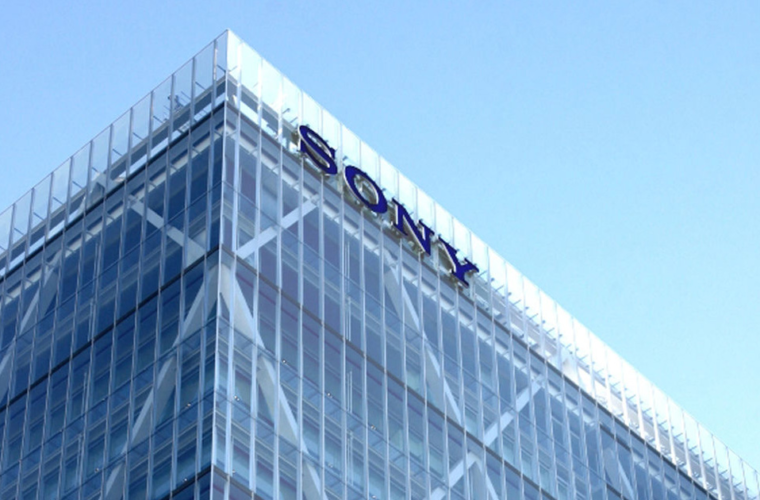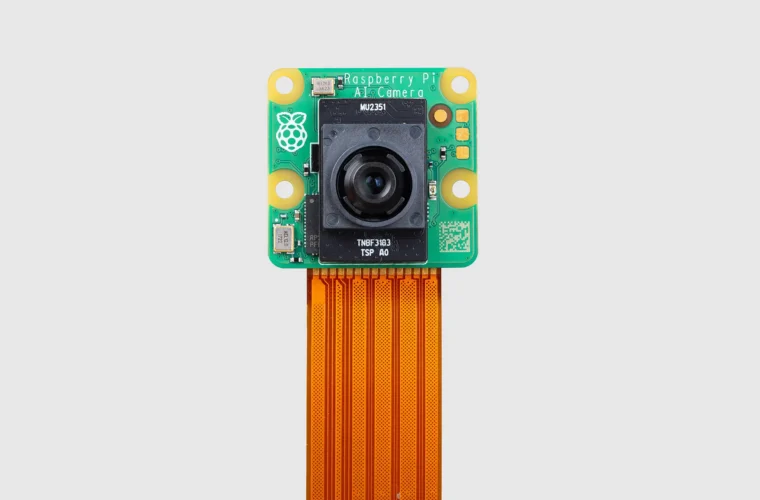Sony will continue to make smartphones, but it must change strategy
Sony will continue to produce smartphones. The confirmation came from Qualcomm, which has signed a multi-year partnership with the Japanese company to bring Snapdragon processors to upcoming models. Both high-end, mid-range and low-end models. The agreement is important because it means that the Japanese brand is not abandoning the market, as many insiders have been saying in recent months, but rather is relaunching its share of the market to return to a leading role in a sector in which it has lost its former polish. The point is that Sony has lost all its magic in recent years. Despite the excellence of audio-video technology and PlayStation’s exceptional sales, the Japanese have had so many smartphone problems.
What has been done is not enough
Yet, in most cases, the models developed had good technical features, sometimes enriched by some relevant innovation. Only some people know, for example, that Sony was among the first companies to produce a waterproof smartphone due to the pressing demands of Japanese consumers.
At the same time, the Tokyo-based multinational was one of the few to relaunch the compact format, while in more recent years, it has been almost the only one to bring to market devices with microSD card slots useful for expanding internal memory, as well as reintroducing the 3.5 mm jack for headphones and external microphones. And let’s not fall into the trap of thinking that these are choices due to an inability to innovate, as these two shortcomings on contemporary smartphones are often a source of criticism for the most emblazoned manufacturers.
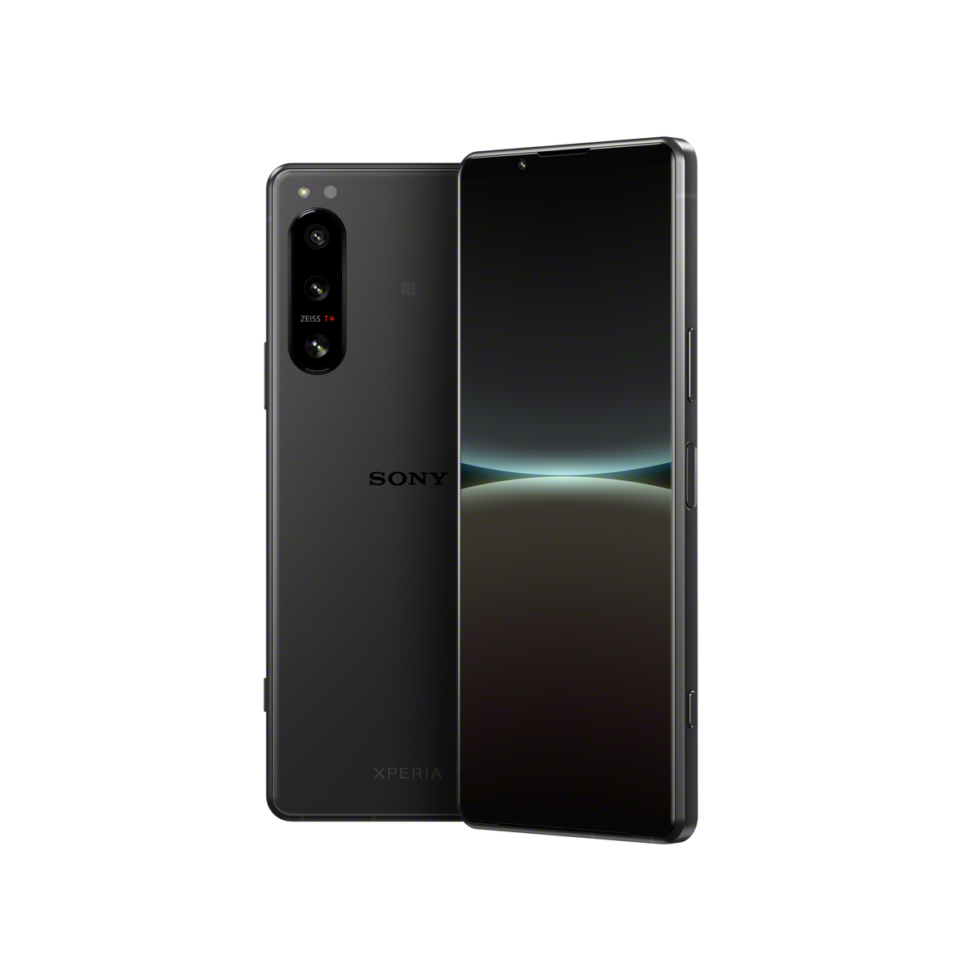

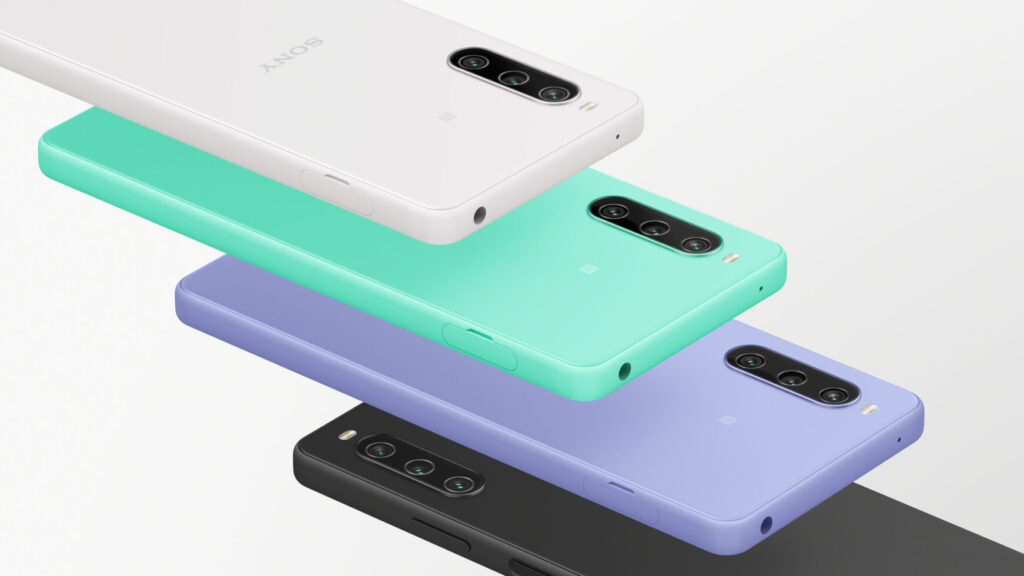
Being able to communicate products
There is no doubt that Sony needs to change its strategy if it wants to become competitive again in the smartphone market. What is needed is a turnaround and, above all, the ability to be able to communicate and advertise the products it makes. The change of pace that has allowed Samsung to emerge as the leader among Android manufacturers and catch up with Apple as a brand capable of consistently selling high-end models is also, above all, due to investments in this area.
The Koreans have spent a lot of money on sponsorship, strategic partnerships and advertising to give the Galaxy series smartphones visibility. And it is no exaggeration to think that, going back in time, we could now see Sony leading the smartphone market among Android manufacturers with the right marketing moves and investment in software development and after-sales customer support.
Instead, the parabola taken by the Japanese has taken the wrong turn, reminiscent of what was done by HTC, which made some of the best smartphones in 2010-2011, but then disappeared as it was unable to communicate the uniqueness of certain technologies on which others would only come later.
Wrong choices
Sony’s gradual decline can be seen in the numbers: from 14.6 million phones shipped in 2016, the Japanese dropped to 2.9 million in 2020. A vertical collapse resulting from bad choices and the inadequacy of the proposal. Why present a smartphone four to five months before its availability, thus reducing the hype of enthusiasts and ending up with models in some cases with already outdated processors? Why not prioritise aspects that are predominant for consumers, such as the frequency and length of OS updates and security patches? Why continue to launch smartphones priced at over 1,000 euros when the brand’s fan community is now reduced to the bone, and the average user won’t even consider such an expense for an Xperia when they have the possibility of spending the same amount on iPhones and Samsung Galaxy?
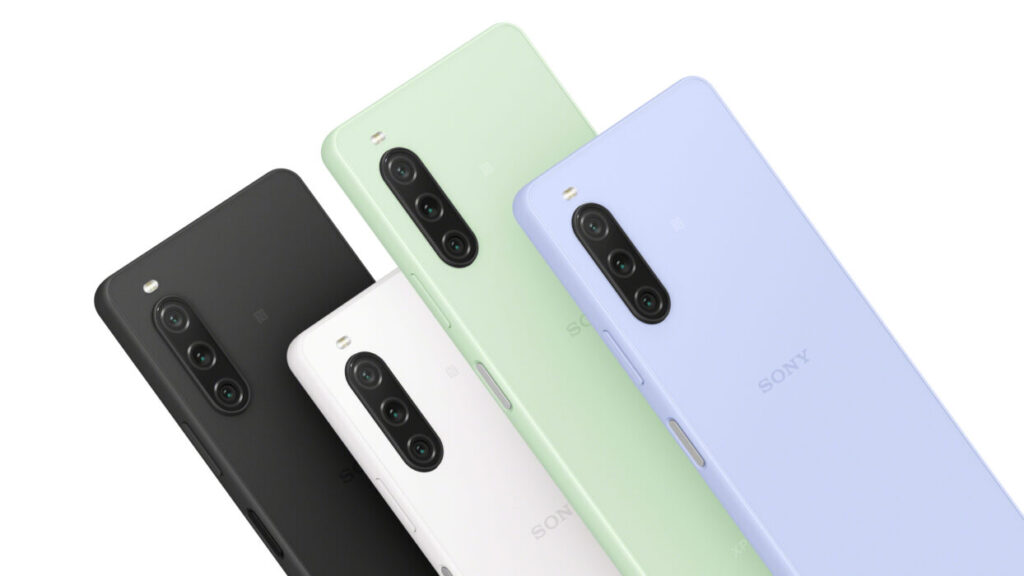
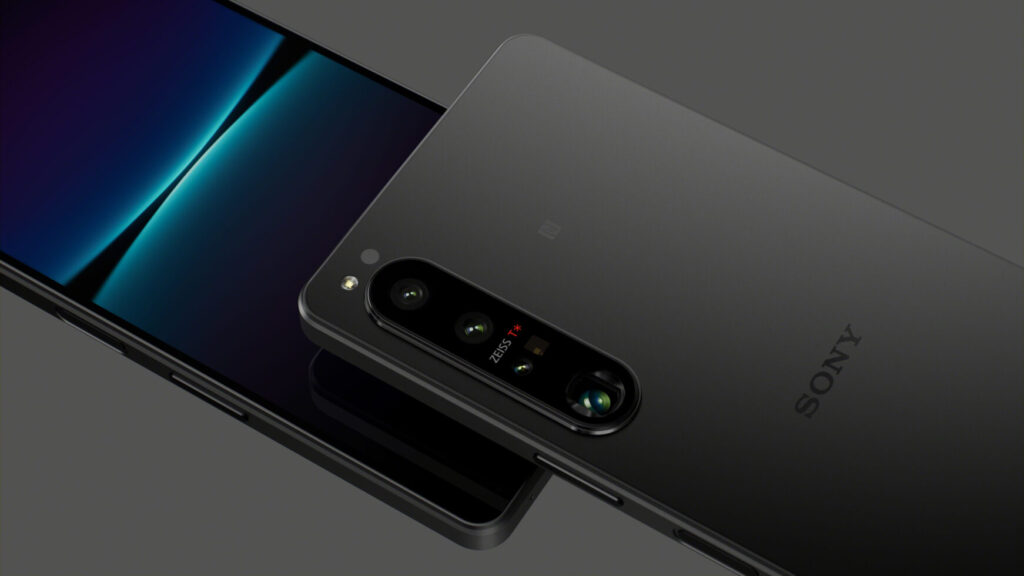
In search of balance
Therefore, Sony must reflect and find a balance for its mobile division, which has relieved several employees in recent years to make ends meet. It is true that in 2021 it returned to profit (around 200 million dollars), but there remains the oblivion of a brand that users still hold in high esteem for the goodness of its evolution in other hi-tech segments.
But if those who want to touch a Sony smartphone can’t find it in retail outlets, then it is challenging. And yes, there are positives because many people probably don’t know that Sony is the queen of photo sensors, so much so that in a very negative 2022 for smartphone sales, the Japanese company was the only one among those that supply sensors for cameras to close the year in the positive, securing 54% of the revenues of the entire segment thanks mainly to iPhone 14 and its four versions.
So, in conclusion, reasonable that Sony will continue to produce phones; very good that it will do so by integrating Snapdragon chips, provided it changes its approach and churns out products in line with consumer needs and at less prohibitive prices to rekindle the interest of enthusiasts and start increasing market share again.


